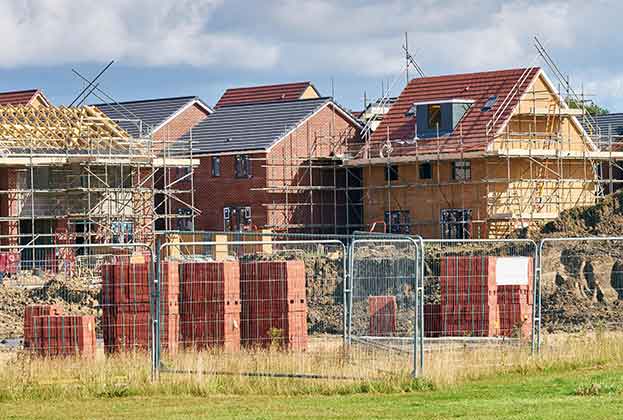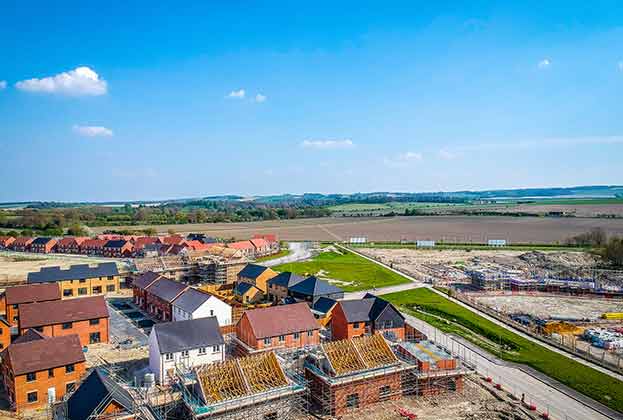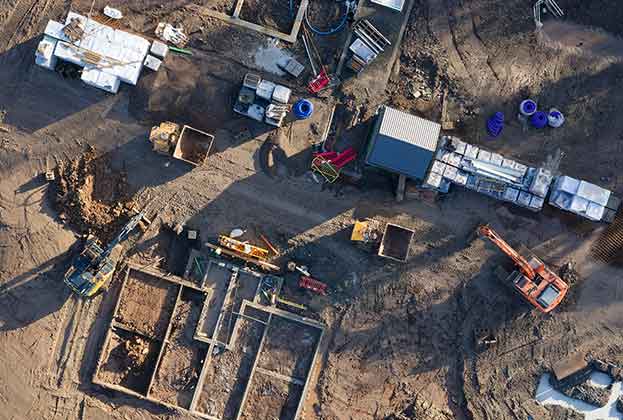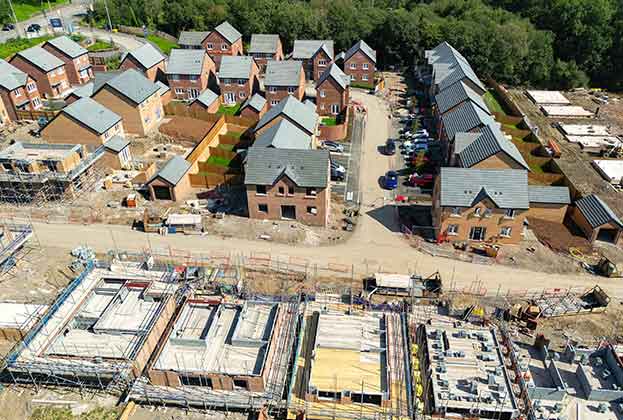Findings from our latest research suggest that 9 per cent of the residential pipeline coming forward in London could be at risk of being lost to industrial, equivalent to 130,000 residential units.
Pressure from alternative commercial uses marks a significant shift in the land market. However, this isn’t just a London story. Competition for land from industrial and logistics developers also now applies to more regional locations across the country.
The scale of the pipeline at risk of not coming forward as residential is likely to be much greater when accounting for regional markets in addition to London. This will further intensify the shortage of supply impacting the residential land market.
There has been a steady increase in developers considering alternative uses on sites in regional markets. Build costs continue to rise, with build cost inflation at 9.1 per cent in the year to Q2 2022 according to BCIS, and at the same time, there are increased requirements in terms of net zero aspirations and delivery of affordable homes. These are pressures that aren’t there to the same extent in the case of other uses, therefore underpinning the existing use value of sites.
As a result, sites with residential consent adjoining or already on employment land are at risk of being lost to industrial or alternative commercial uses. There is also increasing appetite among developers on strategic sites to incorporate a mixture of uses on sites, combining residential alongside alternative commercial uses.
In the case of industrial land, industrial developers are seeking sites in regional markets with good connectivity and located close to strategic road corridors. Although highly dependent on site location and service/utility capacities, typically sites in more secondary locations, well located for transport links, are likely to be highly attractive to industrial occupiers and can yield a higher land value for industrial than residential.
The M25 is a particular sweet spot of demand for industrial and logistics uses, based on connectivity to the major strategic road network. But we are also seeing demand for industrial and logistics from markets across the country outside of the South East, including the East Midlands and West Midlands and parts of the North. Across the Midlands, there has been strong growth in industrial rents, with rents increasing by 11.1 per cent and 10.2 per cent respectively in the year to Q1 2022, according to MCSI.
In comparison, this growth in industrial rents has been higher than residential values. Over the same period, median £ per square foot residential values in the East Midlands and West Midlands grew by 4.0 per cent and 3.4 per cent respectively, according to EPC data.
Based on analysis of take-up of industrial space over the last two years, industrial land has seen the highest demand from the East and West Midlands in line with the logistics ‘Golden Triangle’. Covering the area between Northamptonshire, Tamworth and Nottingham, the ‘Golden Triangle’ has become a major industrial hub. Within the triangle it’s possible to reach more than 90 per cent of the UK population within a four-hour drive.
Breaking this analysis down into more detail at a county level, Northamptonshire, Lancashire, Leicestershire, West Yorkshire and Staffordshire have seen the largest take up of industrial space since Q1 2020 ranging from around 13.5 million sq ft in Northamptonshire to just over 7 million sq ft in Staffordshire, according to Savills data. Looking forward, demand for industrial land from these regional locations is likely to continue within the ‘Golden Triangle’ of logistics.
As constraints on residential land values continue to stack up, there will be increasing competition on residential land values from alternative uses including industrial and logistics and life sciences in addition to other residential sectors such as student housing and retirement housing.
Considering the increased competition from other land uses, it is increasingly important that local planning authorities continue to allocate plenty of land and ensure that their five-year land supply is robust and up to date.
.jpg)



.jpg)


.jpg)

.jpg)
